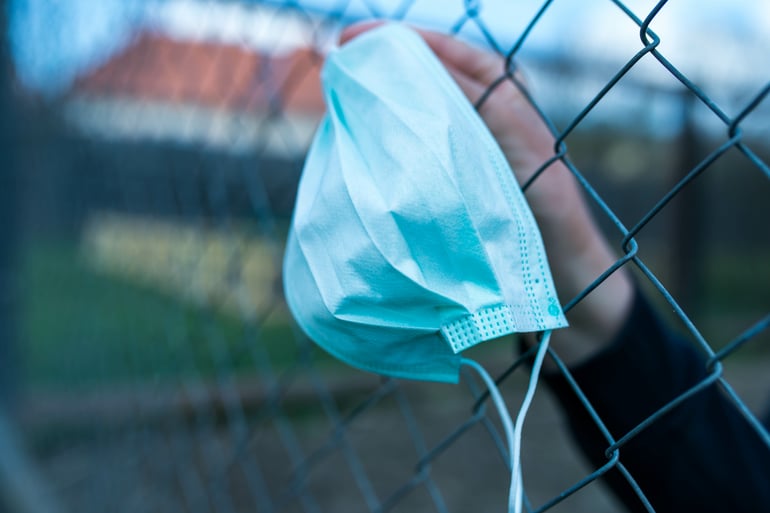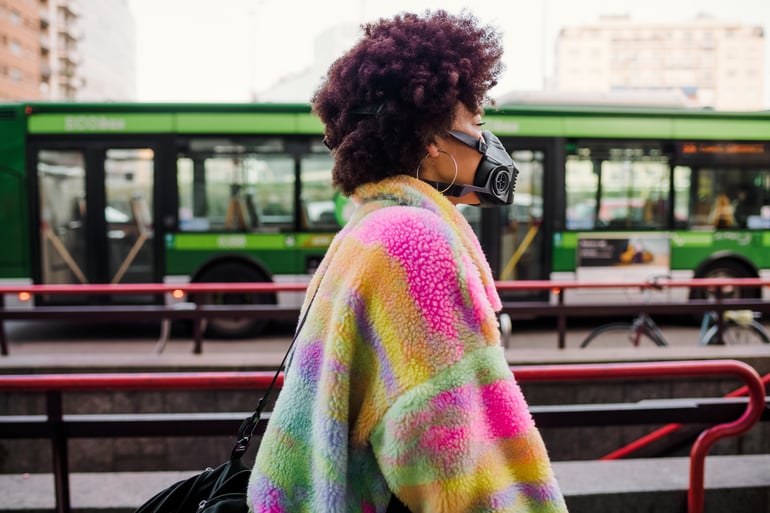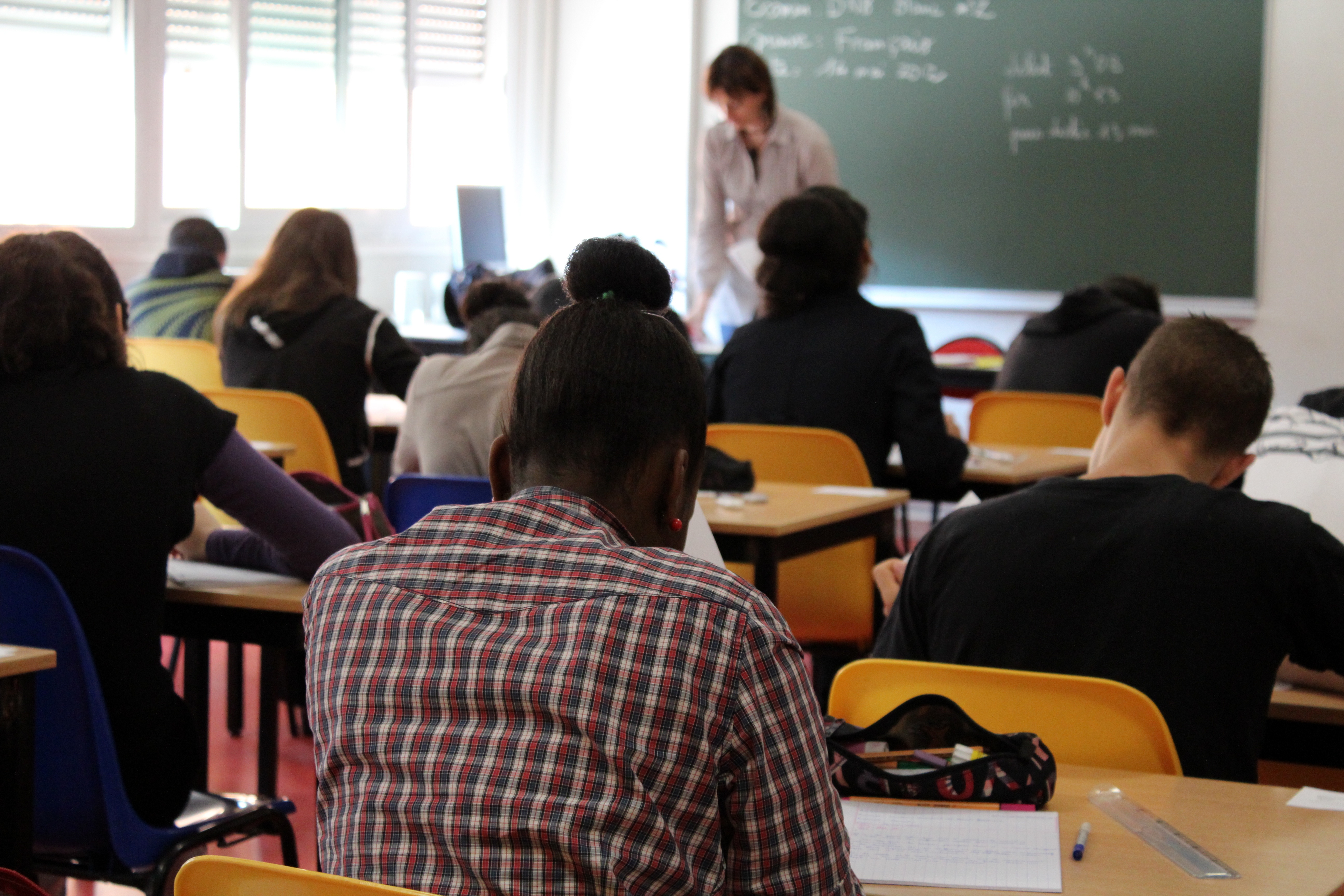 Truth be told, there are a number of barriers to mental health services in rural communities throughout the United States. The question is, why?
Truth be told, there are a number of barriers to mental health services in rural communities throughout the United States. The question is, why?
 Truth be told, there are a number of barriers to mental health services in rural communities throughout the United States. The question is, why?
Truth be told, there are a number of barriers to mental health services in rural communities throughout the United States. The question is, why?
Topics: Mental Health

With October being the month of Mental Health Awareness Day, it is important to know the effects that the Covid-19 pandemic is having on juveniles’ mental health. A report by the Centers for Disease Control and Prevention states that between April through June, younger adults reported disproportionately worse mental health outcomes, increased substance use, and elevated suicidal ideation, than the same time period in 2019.
Topics: Juvenile Justice Reform, Mental Health, COVID-19

Today we are sharing the story of a Multisystemic Therapy Supervisor, Melissa McGreal, in New York City during the Coronavirus Pandemic.
Topics: Juvenile Justice Reform, MST Success Stories, Troubled Youth, Mental Health, COVID-19
 It was an innocuous summer day in 2009 when DeVonte Jones first exhibited signs of schizophrenia. Jones and his mother were attending a baseball game at Wavering Park in Quincy, Illinois, a sprawling facility of playground equipment, pavilions, grills, and, of course, baseball diamonds. Jones was just a teenager at the time.
It was an innocuous summer day in 2009 when DeVonte Jones first exhibited signs of schizophrenia. Jones and his mother were attending a baseball game at Wavering Park in Quincy, Illinois, a sprawling facility of playground equipment, pavilions, grills, and, of course, baseball diamonds. Jones was just a teenager at the time.
Topics: Mental Health

Every day in the U.S., one in five children are struggling with significant mental health issues. These diagnoses take many different forms— attention deficit disorder, depression and anxiety are among the most common— but all of them, left untreated, have the potential to cripple the opportunities of childhood. By only age eight, 14% of youth will have developed a mental, behavioral or developmental disorder; just over half of these children will receive the treatment they need. But unaddressed mental health issues increase the likelihood that treatable diseases will become chronic, leading to cycles of mental health struggles throughout adulthood; in fact, untreated mental health problems cost Americans billions each year in lost earnings. Even before reaching adulthood, youth with a mental health condition are at higher risks of developing co-occurring disorders, like substance abuse issues, and dropping out of school— grievously, suicide is the third-leading cause of death among Americans aged 10-14.
Topics: Mental Health

The Sellers had lived in Pell City, Alabama for as long as they could remember. They had been married for over 17 years, established themselves in their local church, and had their first and only child, Sydney, in the city. Sydney was their pride and joy—in 2014, she was off to a successful first year of high school, earning her black belt in Taekwondo and taking honors classes. On December 7, she was “laughing, joking and watching TV;" everything seemed normal until her parents found her...
Topics: Mental Health
 In the middle of her third grade year, eight-year-old Katie learned that she was transferring to an elementary school across town. As the new kid, she didn’t have anyone to play with at recess—Katie felt lonely and would make excuses to stay inside and finish work with her teachers. As the year went on, Katie lost hope. She began self-harming, and eventually developed an eating disorder. These mental health struggles caused her to miss school and fall behind on her work, only adding to her anxiety; eventually, Katie was hospitalized after expressing suicidal ideations.
In the middle of her third grade year, eight-year-old Katie learned that she was transferring to an elementary school across town. As the new kid, she didn’t have anyone to play with at recess—Katie felt lonely and would make excuses to stay inside and finish work with her teachers. As the year went on, Katie lost hope. She began self-harming, and eventually developed an eating disorder. These mental health struggles caused her to miss school and fall behind on her work, only adding to her anxiety; eventually, Katie was hospitalized after expressing suicidal ideations.
Mental health problems, left untreated, can become an unbearable hardship for young students. But if Katie had a comprehensive mental health treatment system in her school—one that intervened and provided support early on in her life—she may have avoided reaching desperation. For students to succeed academically and personally, it’s imperative that schools treat juvenile mental health just as seriously as physical health.
Topics: Mental Health

Public-figure suicide is alarming not just because of the loss of a human life. It engenders more suicide as it highlights a way out for teens that feel hopeless. Suicide rates increased 10% after the heartbreaking loss of Robin Williams, and I suspect that this trend will continue with the more recent passing of Anthony Bourdain and Kate Spade.
Suicide is one of the top three causes of death among teenagers in our community. Perhaps the most tragic aspect of this is that the pattern of suicide is preventable. Communities would benefit from a holistic approach to suicide prevention that is grounded in research science. Below are three actionable ways to prevent teen suicide in your community.
Topics: Mental Health
Jenna Smith was worried. Something was wrong with her son. She had suspected a problem for several years, but now there was no denying it—Rodney was ill. It was his mind. Jenna first noticed symptoms three years earlier, around Rodney’s 14th birthday. At that time, he was having trouble sleeping and would wander the halls of their apartment late at night, talking to himself. He stopped cleaning his room and often neglected his personal hygiene.
Topics: Mental Health
Seven years ago, tragedy struck Woodbury, Minn., when five suicides occurred within the first six months of the year. “After the last suicide, my community was grieving and broken,” said Dr. Renee Penticoff, co-founder and president of the Suicide Prevention Collaborative (SPC) “I felt I had to do something.” And indeed she did.

Dr. Renee Penticoff, second from the left, with volunteers from the SPC
Topics: Mental Health
3500 Piedmont Rd NE
Suite 310
Atlanta, GA 30305